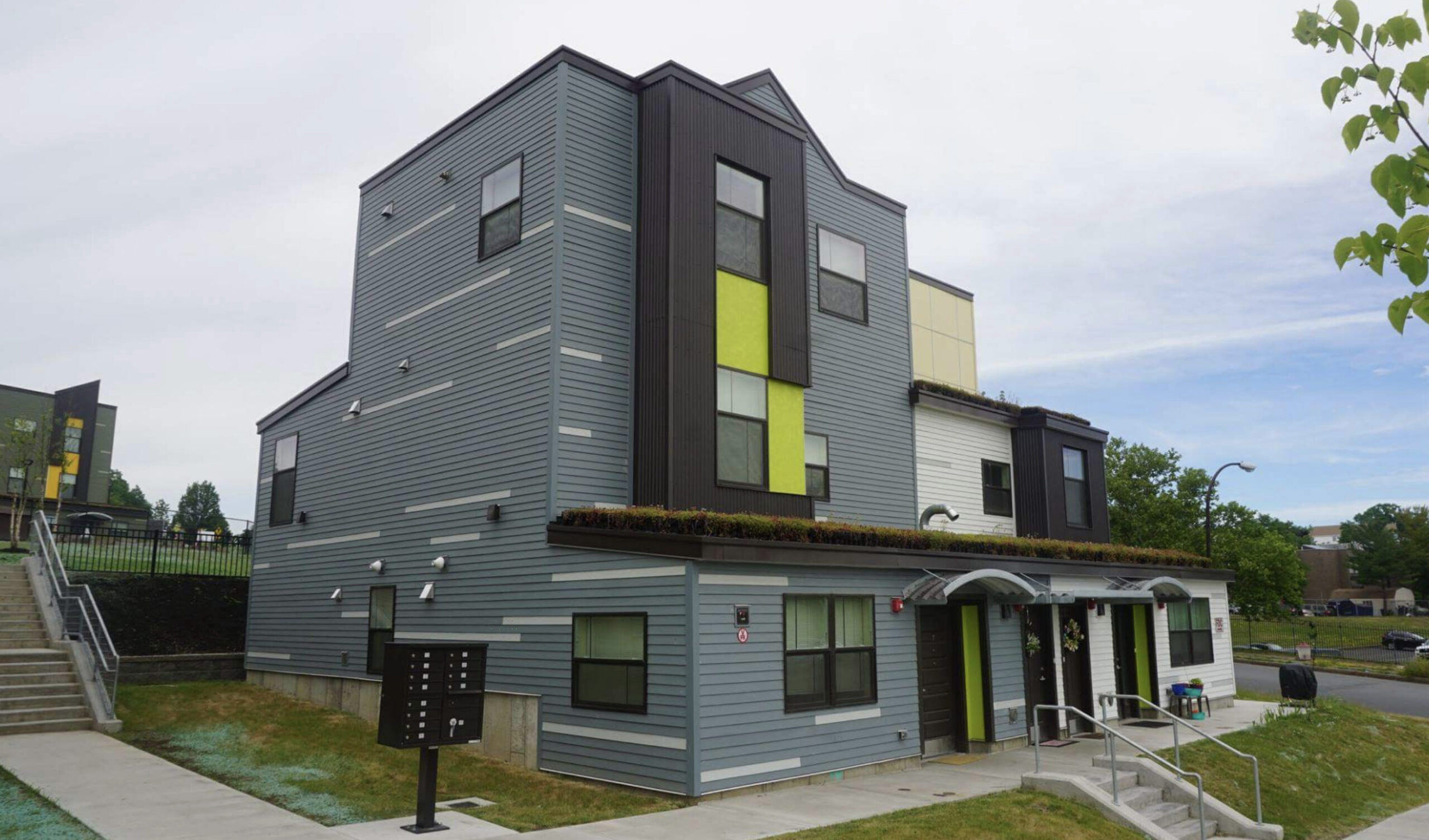Low-income housing is often stigmatized as a negative presence in a community, with concerns about increased crime rates, reduced property values, and negative effects on local businesses. However, the reality is that low-income housing can actually add significant value to a community in a variety of ways.
Firstly, low-income housing provides affordable shelter for those who may not be able to afford market-rate housing. This allows individuals and families to live in areas that they may otherwise be priced out of, which can help promote economic diversity and prevent the formation of segregated communities. Access to affordable housing also enables low-income individuals to allocate more resources towards other areas of their lives, such as education, healthcare, and food, which can have a positive impact on overall community health.
Moreover, low-income housing can help to revitalize neglected or blighted areas. By creating new housing developments or rehabilitating existing properties, low-income housing projects can help to transform vacant or underused lots into vibrant and thriving communities. This can attract new businesses and services to the area, which can create jobs and stimulate economic growth.
Low-income housing can also help to reduce homelessness and housing insecurity. By providing safe and stable housing options for low-income individuals, families, and those experiencing homelessness, low-income housing projects can help to prevent individuals from falling into chronic homelessness or having to resort to dangerous or unstable living situations. This can help to reduce crime rates and improve public safety in the surrounding areas.
Furthermore, low-income housing projects can promote community involvement and engagement. Many low-income housing projects include community spaces, such as community gardens or recreational facilities, which can provide a place for residents to come together and socialize. This can foster a sense of community and promote social cohesion, which can have positive impacts on overall community well-being.
In conclusion, low-income housing can add significant value to a community in a variety of ways. By providing affordable shelter, revitalizing neglected areas, reducing homelessness and housing insecurity, and promoting community engagement, low-income housing projects can contribute to the health and vibrancy of communities across the country. Rather than being viewed as a negative presence, low-income housing should be recognized for the positive contributions it can make to communities and the individuals


